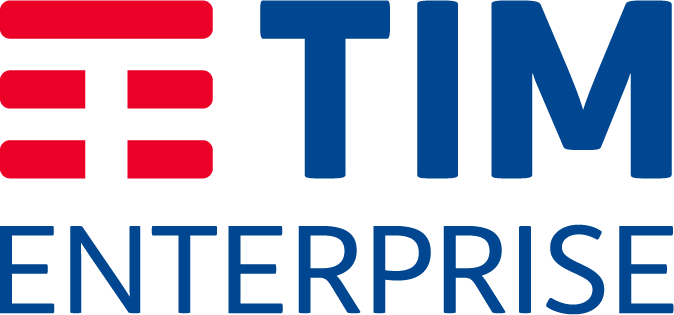We are fully living in the era of mobility and the workplace is no exception. Mobility touches every aspect of an organization’s business and the COVID-19 pandemic has accelerated the trend towards mobile adoption and digitalization as a whole.
Mobility represents a huge opportunity to increase productivity and improve user experience, engagement and work-life balance for employees. But, in order to untap this potential, organizations need to implement an all-round enterprise mobility strategy that is capable of addressing specific challenges as the hybrid workplace becomes the Next Normal.
Enterprise mobility strategy: security threats
Employees and contractors increasingly use mobile devices as well as applications to access corporate data and collaborate, whether they are at the office, at home or on the go. In this hybrid context, an effective enterprise mobility strategy must both empower employees and ensure a secure usage of mobile devices.
The main advantage of going mobile for enterprises is to provide free and seamless access to the company data and applications at all times. This gives organizations the speed and agility they need to react to changes, make decisions and compete in the market. But a workforce that uses disparate technologies, networks and devices to connect to the organizations’ networks and data creates obvious downsides if this new hybrid workplace has no governance. An enterprise mobility strategy offers a collection of policies and software solutions that allow organizations to manage the usage of mobile device and applications to access corporate systems and enables a secure and productive anytime anywhere work model.
An all-round Enterprise mobility strategy comprises, of course, enterprise mobility management (EMM) solutions to secure and manage the use of corporate- and employee-owned mobile devices within an organization. It can also envision giving IT full control over the user’s device, further protecting data by leveraging device-level. Mobile application management is another key component of an EMM strategy, since it allows IT to manage the applications rather than the whole device. Furthermore, with a Unified endpoint management strategy IT can manage all types of endpoints through a single console.
Enterprise mobility strategy: compliance and productivity
An enterprise mobility strategy increases productivity, saves time and money, prevents security breaches, and ensures compliance. These benefits describe also the main challenges of integrating mobility and the hybrid workplace in the Next Normal: with no solid enterprise mobility strategy in place, organizations risk a loss of engagement and productivity in their workforce and an increase of risks and costs.
The challenge is real and the Next Normal is now. Over 40% of the American workforce is remote, according to recent data from Upwork. And early estimates from Eurofound suggest that close to 40% of those currently working in the European Union began to work from home or on the go fulltime as a result of the pandemic.
COVID-19 has proved that connectivity is key to businesses to maintain speed, operational resilience, security, and privacy. Work mobility has become a new digital transformation challenge and a key goal for organizations and their IT department. It puts the end-user (the employee) at the true center of the modern workplace. Mobility is an integral part of work-life balance and core values to most people today: for enterprises being able to meet their people’s expectations translates into improved productivity, innovation, ability to attract and retain talent and competitivity in a constantly changing business environment.








